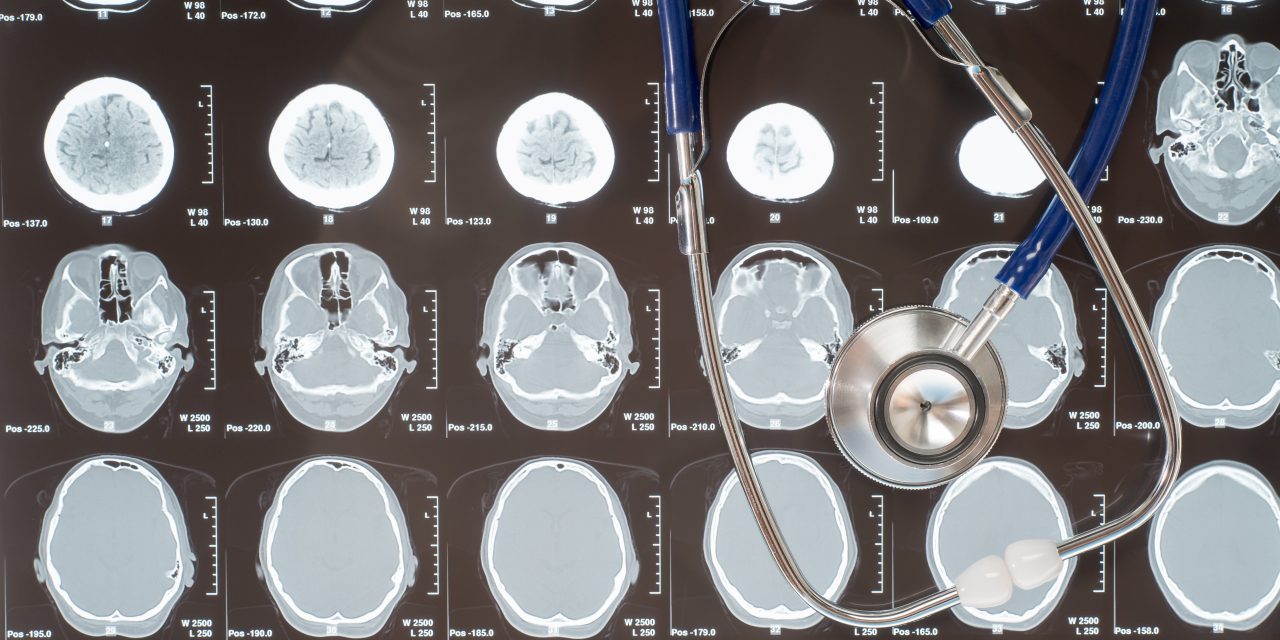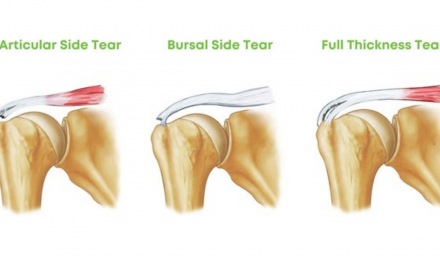
Common Neurological Disorders

Common Neurological Disorders an Overview of Symptoms, Diagnosis, and Treatments
It is always a good idea to review the basics no matter how long you have been practicing. I find that despite the time we have been in practice we can always be surprised that we might be the first to diagnose a patients condition when they have already been put through a gamut of testing and doctor visits.
I have compiled a short list of common neurological disorders that may present in a chiropractic office and a brief review of the symptoms and diagnostic criteria.
- Guillian Barre Syndrome
- Amyotrophic Lateral Sclerosis
- Multiple Sclerosis
- Cerebral Palsy
- Muscular Dystrophy
- Parkinson’s Disease
Guillian-Barre Syndrome:
A serious autoimmune condition in which the nervous system is attacked resulting in nerve inflammation and resultant muscle weakness. Etiology is unknown and can occur at any age but it is most common in both sexes between the ages of 30-50. The condition often follows minor upper respiratory, or gastrointestinal infections (viral or bacterial). Swine flu vaccinations have been implicated in the past for causing this condition; however, there is no evidence that indicates that present-day swine flu or flu vaccinations have resulted in any recent cases of Guillian-Barre Syndrome.
Progression of this disease is rapid and can present as a weakness that increases very quickly to severe in a matter of hours to several days. Weakness is bilateral and often presents first in the legs and progresses to the arms (ascending paralysis). Clinical signs can include loss of reflexes in the extremities, low blood pressure, sensation changes (numbness, tingling, pain), loss of coordination (difficulty walking), difficulty breathing or swallowing.
Diagnostic Testing can include Spinal tap, EMG/NCV, ECG, pulmonary function testing. The treatments for Guillain-Barre syndrome are to help reduce complications and speed up recovery only. In the most acute cases, the patient may require respiratory support, plasmapheresis, or high dose immunoglobulin therapy. Conservative management can include proper body positioning to avoid aspiration and apnea. Patient prognosis is best when symptoms resolve within 3 weeks of onset.1
Amyotrophic Lateral Sclerosis (ALS):
This is a disease of nerve cells in the central nervous system that controls voluntary movement. Etiology of this disease is largely unknown. A genetic defect is found in about 10% of the cases. In ALS nerve cells die and are unable to send signals to muscles resulting in weakness; often muscles used in breathing and swallowing are affected first and result in speech pathology or difficulty breathing. Risk factors include heredity, over the age of 50 (though it may affect younger people). ALS spares the senses (smell, taste, touch, hearing, and sight).
Signs observed during examination include hyperreflexia, unilateral weakness of one extremity, slurred or slow speech, muscle fasciculations.
Tests for this condition include muscle strength and stamina-testing, EMG, NCV, swallowing studies, genetic testing, spinal tap. Diagnostics such as MRI/CT of the brain and spine are frequently performed in the process of diagnosis of such diseases in an effort to rule out other conditions. The prognosis for this condition is death in the majority of cases in 3-5 years. Treatments for this condition involves slowing the progression of the disease with pharmaceutical medication (Riluzole). Medicinal treatments are also used to control muscle spasticity and mucus production to allow patients greater control over ADL’s and reduce difficulty with swallowing saliva. Conservative treatment includes rehabilitation, orthopedic bracing to maximize muscle function and general health. Optimal nutrition is also required because patients with ALS have an increased need for calories at the same time eating and swallowing become difficult. Therefore it is imperative that patients consume or receive through a tube the most nutritionally dense foods. Instruction on sleep posture as well as breathing devices such as a CPAP are also required with increased difficulty with breathing.2
Multiple Sclerosis (MS):
A condition caused by damage to the myelin sheath covering nerve tissue that results in a slowing in the transmission of signals. Etiology for this condition is unknown however environmental factors are believed to play a role as well and genetics and/or virus. MS is more prevalent in women than men and is diagnosed most commonly between the ages of 20 and 40. Signs and symptoms vary because this condition can attack various parts of the brain and spinal cord at different times. Different than ALS which affects voluntary muscle contraction, MS can affect voluntary muscles, senses (vision, hearing…), GI, GU and even higher brain functions resulting in difficulty thinking. On examination, one would look for abnormalities in two or more parts of the nervous system (balance, strength, vision, etc.) at different times. Episodes can last days, weeks and even months as can periods of remission. Diagnosis of this condition can be made by MRI, spinal tap, and electrodiagnostic studies. Treatment for MS includes various pharmaceutical agents to slow the progression of the disease or control symptomatology. Conservative management of the condition would include Chiropractic, exercise, nutritional counseling, supportive devices including walkers, canes, shower chairs. Adequate rest and stress management, as well as control over temperature extremes, can help reduce episode frequency and duration. Although the disease is incurable at this time patients can expect to have a normal or near normal life expectancy.3
Cerebral Palsy (CP):
A condition that can affect different parts of the brain involved with movement, hearing, learning, seeing and thinking. Etiology for this condition includes damage to the brain of an infant or fetus caused by hemorrhage, infection, trauma or in some cases severe jaundice. Unknown why this condition occurs but hypoxia may also lead to this condition. Signs and symptoms for this condition vary widely and can include: muscle spasticity, weakness, breathing irregularities, lack of coordination affecting one or more limbs and one or both sides of the body. Learning disabilities are common, a developmental milestone is often delayed. Eating and digestive problems are common as well (vomiting, constipation, problems sucking).
Diagnosis of this condition is made by neurological exam along with MRI, blood testing, EEG, hearing and vision testing. Treatment for this condition includes anti-convulsants, surgery for reflux when needed, radiofrequency ablation for pain when needed. Conservative treatments include Chiropractic, physical therapy, occupational therapy, speech therapy, nutritional therapy, vision/hearing aids, and orthopedic braces or aids to improve ADL’s. Life expectancy for this condition is near normal.3
Muscular Dystrophy:
MD is a classification of inherited conditions that occur in childhood or adulthood. More severe forms tend to manifest early, in childhood. Signs and symptoms similar to the above diseases include muscle weakness, lack of coordination, atrophy. Scoliosis, joint contractures (ie club foot/hand) may also be observed. Physicians can be guided towards diagnosis by medical history, and examination. Confirmation of the diagnosis is made via blood testing, ECG, EMG, muscle biopsy or genetic testing. Treatments for this classification of disease is mainly supportive as there is no cure. Medicinal treatment can include steroids. Conservative therapy includes exercise therapy to maintain as much muscle function as possible. Orthopedic braces, walkers or wheelchairs to maintain mobility as long as possible. The prognosis for these conditions varies depending on the type. All MD’s get worse with time; the progression of symptoms varies. Life expectancy varies from Duchenne type (25yoa expectancy)3 to normal life expectancy in other forms.
Parkinson’s:
An age-related degenerative condition caused by a loss in dopamine-secreting neurons in the substantia nigra. Etiology of this disease like most of the others in this article is unknown. The condition diagnosed most often after the age of 50.3 Signs and symptoms include tremor, bradykinesia (slowness of movement), rigidity, postural instability. Diagnosis can be made on neurological examination by observing facial expression (animated), extremities (tremor, stiffness), gait (symmetric arm swing, short steps), balance (poor). Currently, there are no standard diagnostic tests for diagnosis but are used to exclude other conditions instead. There are specialized brain scanning techniques that measure brain metabolism and dopamine utilization; however, they are very expensive and are much like MRI used to diagnose a disc herniation (not absolutely necessary). There are many pharmaceutical treatments (ie levodopa) for the management of Parkinson’s symptoms however none that reverse the effects. Conservative management of Parkinson’s is inconclusive; however, some researchers are studying antioxidants such as CoQ10, creatine, vitamins E, C and whole foods (what a surprise!).5 Prognosis for PD when untreated may lead to early brain deterioration and early death. Most people respond well to medication but the response may vary greatly between individuals and the side effects of the medications can be severe.
References: 1. http://www.nortonhealthcare.com
2. http://www.massgeneral.org
3. http://www.ncbi.nlm.nih.gov
4. http://en.wikipedia.org/wiki/Dopamine
5. http://www.pdf.org

















